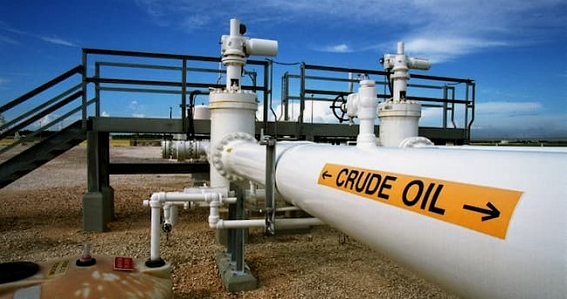By John Ikani
Oil prices traded within striking distance of its seven-year high at $86.71 per barrel yesterday on continuing supply constraints and waning fears among heavy fuel users of another pandemic-induced slowdown.
The price for Brent crude, the international benchmark, was up 1.3 per cent to $87.63 a barrel on Tuesday, the highest since 2014 when oil topped $115. The oil price has risen about 13 per cent this year.
US oil benchmark West Texas Intermediate has risen more than 13 per cent since the start of year to a high of $85.74.
Prices have climbed since the start of the year as demand remained high despite the impact of the omicron variant.
Adding to the pressure, Yemen’s Houthi fighters claimed to have launched a drone strike on the United Arab Emirates – the third biggest Opec producer – that caused an explosion and fire on the outskirts of the capital Abu Dhabi.
Nevertheless, the rising oil prices is more of bad news for Nigeria which should ordinarily earn more foreign exchange from the sale of crude, but now has to deal with paying more for petrol subsidy which had been described as a drain on its economy because there’s a positive relationship between the international prices of the commodity and how much Nigerians get the product at the pump.
In the meantime, some analysts are forecasting that the crude benchmarks would trade at more than $100 a barrel again this year unless there is a significant increase in supply.
The Organisation of Petroleum Exporting Countries (OPEC) and its allies had stuck to a plan agreed in July last year to replace output cut at the start of the pandemic gradually, by just 400,000 barrels a day each month, despite calls by major crude oil consuming nations like the United States to increase production. Generally, the strategy has helped oil prices move higher since August, and to recover quickly after the rapid spread of the Omicron coronavirus variant in November.
However, even at that, not all members of the OPEC+ group, including Nigeria have been able to hit their monthly targets, meaning the cartel has been increasing output by slightly less than its monthly target.


































